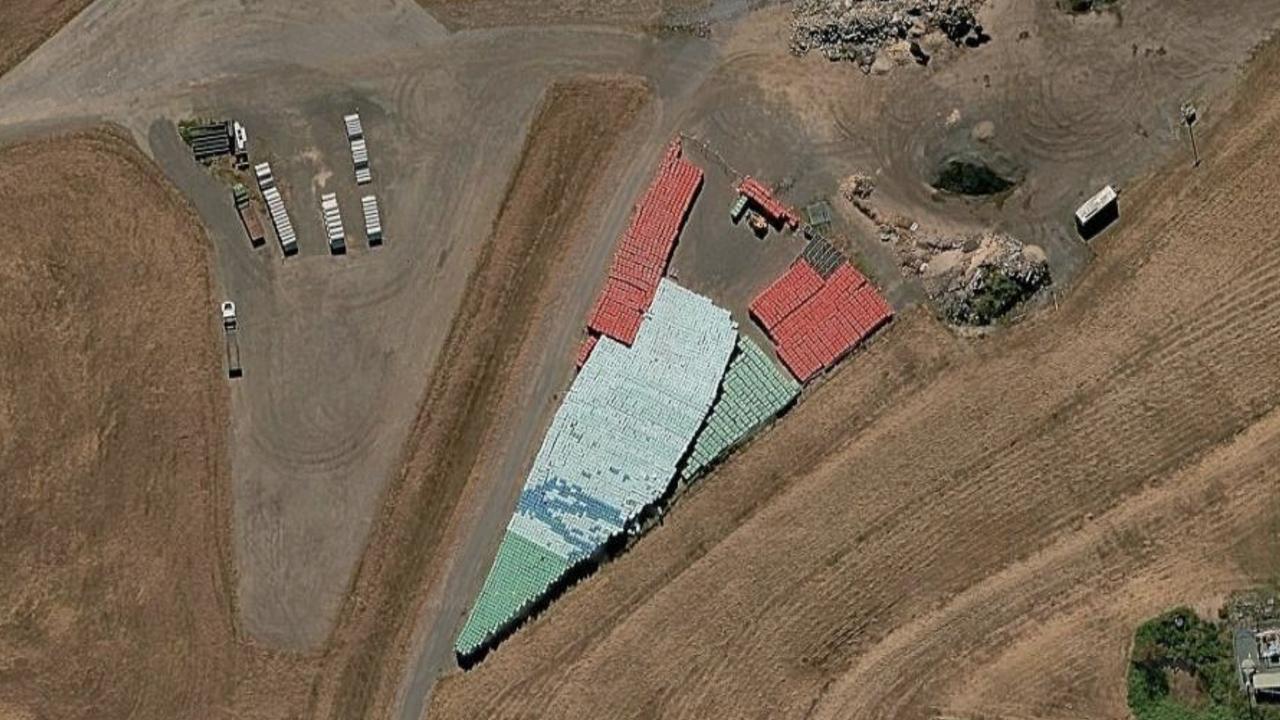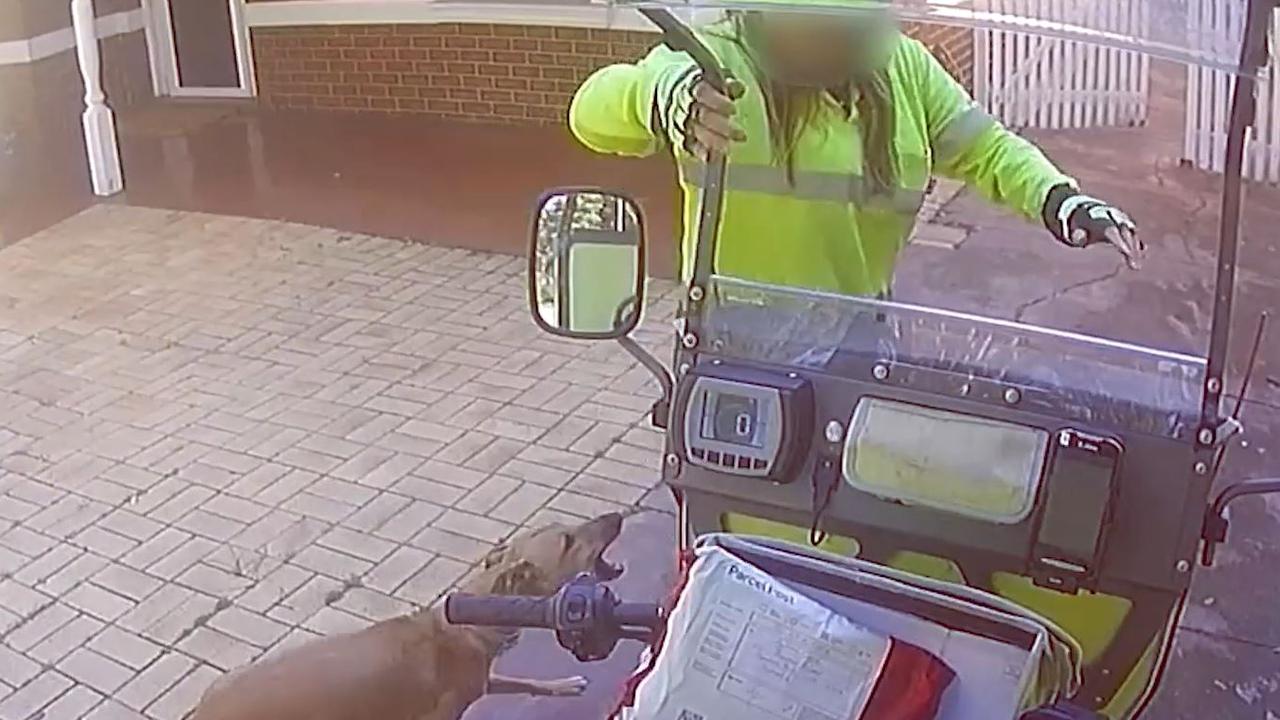Brisbane photographer killed after crane parked on ‘pie crust’ land collapsed: inquest
A court has heard about what led to a horrific crane collapse in which a Brisbane man plunged 40m to his death in Queensland.

A crane collapse that caused a Brisbane photographer to plunge 40m to his death occurred on land likened to a “pie crust” because it was hard on top but soft underneath, an inquest has heard.
The tragic circumstances of Christopher Ian Powell’s death in 2015 are being examined by coroner Donald MacKenzie to prevent future accidents from happening.
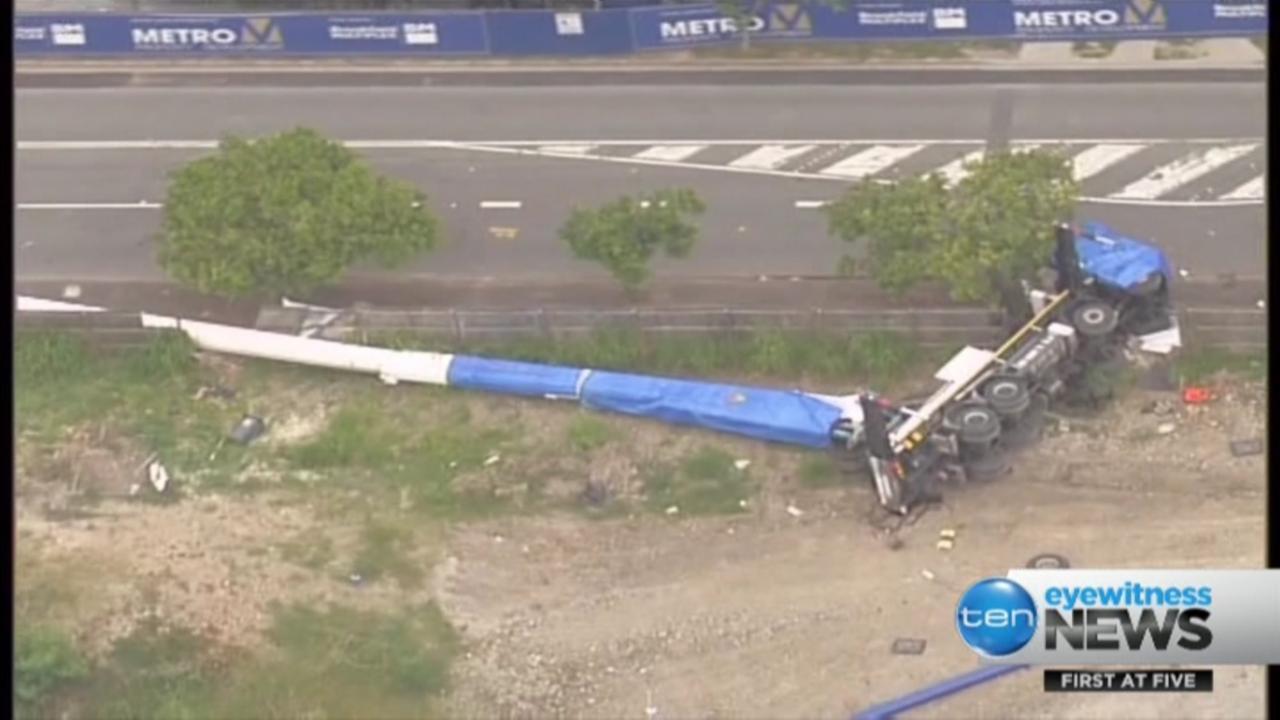
Mr Powell plunged 40m from an elevated platform to his death after a crane collapsed into an empty land block in December 2015.
The court was told the collapse occurred because of the structure sinking into the ground, which was described as being a “pie crust” due to the firm surface on top and soft clay layer underneath.
At the time of his death, Mr Powell was taking photographs of a construction site from the elevated work platform (EWP) on the crane.
Dr Paul Carnavas, a forensic engineering consultant, told the court the bearing area of the ground pad beneath one of the EWP’s stabiliser’s was undersized and the operator over-estimated the “permissible ground pressure”, which led to the collapse.
“There was a hard surface layer and beneath that there was a soft layer of half a metre,” Dr Carnavas said.
“It may not be apparent to people investigating surface characteristics … you can set up something and not be aware of what’s underneath.”
The court was told there were more regulations in regulation codes for mobile cranes compared to that for EWPs, which Dr Carnavas said created “less of a risk in causing a fatality or injury”.
Dr Carnavas said EWP operators needed to “assume” hidden dangers lying beneath the surface.
He said even though the operators were “captains of the ship” they should make their decisions based on the best possible advice.
Deborah Dargan, a principal inspector with Workplace Health and Safety Queensland who assessed the incident, gave evidence the site where the outrigger had failed “looked like it had been used a lot”.
3D artist David Spittle told the court the operator of the EWP had initially expressed doubt over setting the structure up in the site days before the accident.
Mr Spittle worked with Mr Powell at the time to take photos for the contractor for ad-rendering purposes.
He said he let Mr Powell and the EWP operator discuss the location of the structure but the operator was “not too comfortable about taking the vehicle down to the bottom of the site”.
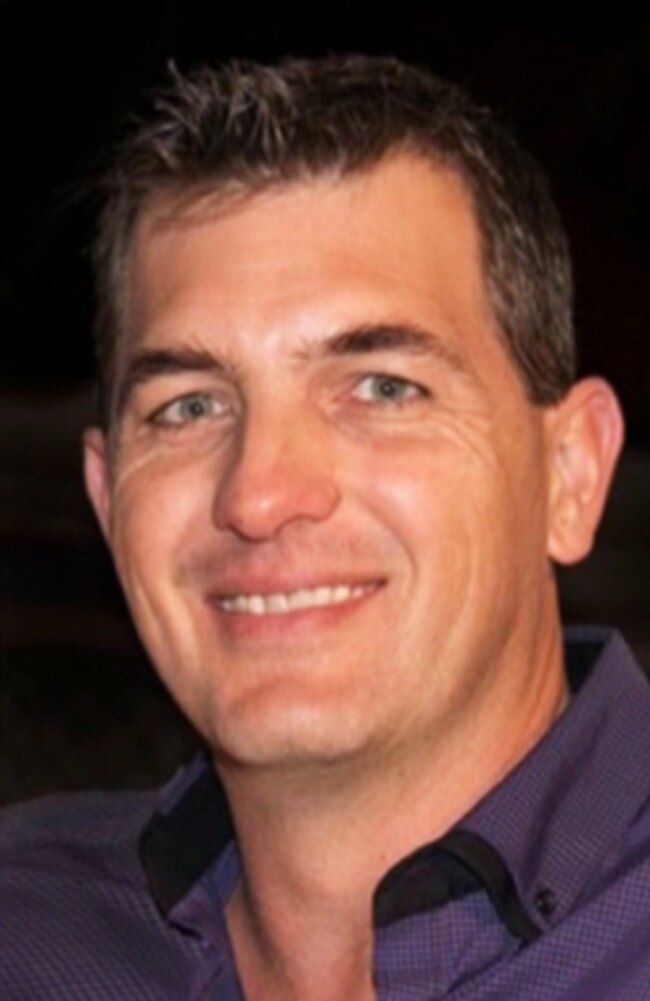
Mr Spittle said he changed his attitude after visiting the site.
Ms Dargan said EWP operators only received basic certifications to operate the machines and their training relied heavily on practical experience.
The court was told it was difficult for operators to properly assess the suitability of sites as geotechnical reports were often hard to obtain.
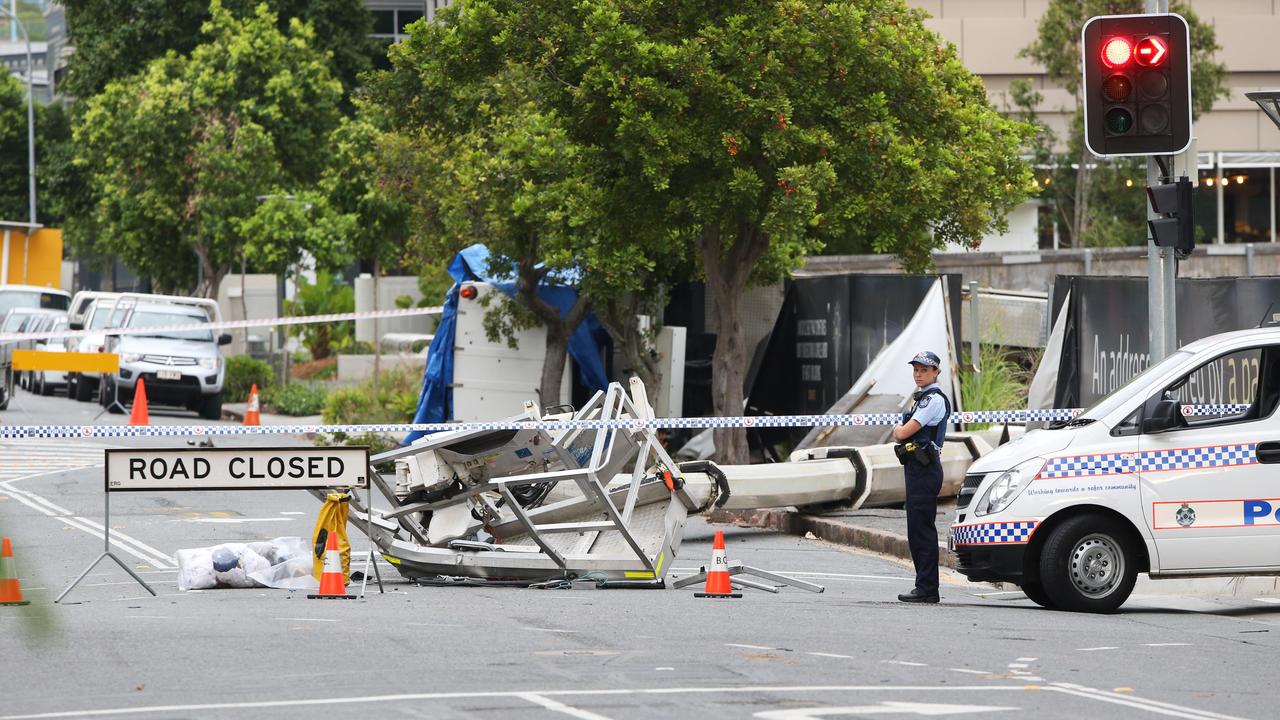
Mr MacKenzie said the inquest would not focus on any potential negligence and instead look at what could be done to prevent a similar tragedy from happening again.
The inquest continues.


